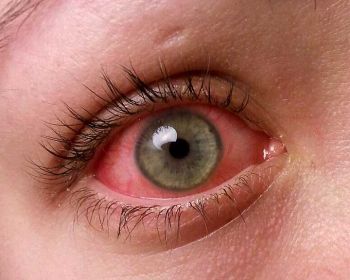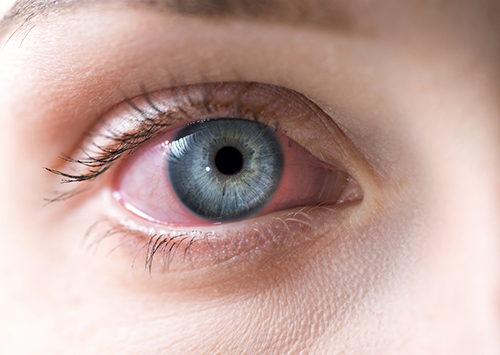
What are the symptoms of pink eye? You know the ones you have experienced when they occur and often the onset is just after sleeping. But what do you do if they occur while you are away from home or if they occur in a place where there is little or no protection? These are symptoms that may be related to other illnesses. It's important to know them so you can get your eyes tested and treated.
The first symptom of pink eye is redness or itching in the eye area. It can appear as a rash on the outer surface of the eyelid or it can cause pain when the eyelid is closed. The redness in the whites of the eyes or inner lid is another sign. Also increased tearing. Thick, yellow-white discharge from the eye (conjunctivitis caused by viruses). Another discharge from the eye (blue or green).
Sometimes you might see a discharge resembling cottage cheese from the eye. A discharge that is milky or watery in texture, but not pungent or odorless. When this happens, the physician can order a blood test to determine if there are any blood cells present in the fluid.
If you notice a yellow to pinkish discharge with the discharge being more than a milky, then it is probably conjunctiva. This is a discharge caused by a bacterium. There may also be an excess of mucus in the fluid, which is known as postnasal drip. In the past, doctors used to prescribe antibiotics for conjunctivitis. The antibiotics kill the bacteria, but they can also kill the bacteria that causes conjunctiva.
If you experience symptoms of pink eye, then it is best to visit your doctor as soon as possible. He or she will likely want to do a thorough eye examination. The doctor will take a culture of the conjunctiva to determine the source of the infection and look for any underlying problems. In addition, the doctor may also examine the surrounding area of the eyes. For example, a small amount of fluid could indicate a cyst in the conjuctiva.
In rare cases, people who are allergic to certain substances, such as latex, may experience symptoms of pink eye. In these cases, your doctor may prescribe a medication to treat the allergy. This treatment should prevent future occurrences.

Eye infections are very serious, and the sooner it is treated, the better. Your eye doctor will order an eye examination, order tests, and order an eye drops if necessary. The treatment can be a good solution to help reduce inflammation.
However, if you are able to clear up your eye infection on your own, it is important to take the proper precautions to prevent the recurrence of it. A healthy lifestyle with adequate rest and sleep is one way to avoid complications.
You can also avoid the symptoms of pink eye by wearing sunglasses when outdoors during the day, using protective gloves when handling tools, washing your hands carefully after touching objects and using the restroom, keeping the affected eye clean, and avoiding contact lenses if possible. In most cases, pink eye is only temporary.
To prevent further complications, if you experience symptoms of pink eye, then you should see your eye doctor
Simple over-the-counter cream or antibiotic eye drops can help relieve the symptoms.
Pink eye can be treated easily and effectively with a combination of home remedies, which are available at your local pharmacy. The majority of these remedies have no side effects. If you choose to use an over-the-counter remedy, you should be sure to follow the directions on the back of the container, which usually contain a list of things that should be avoided or not eaten if you have a cold or sinus infection.
It is best to use a topical treatment that is approved by the FDA. Although, the symptoms of pink eye are generally mild and temporary, if left unchecked, they can become severe, especially if you have a sinus infection.